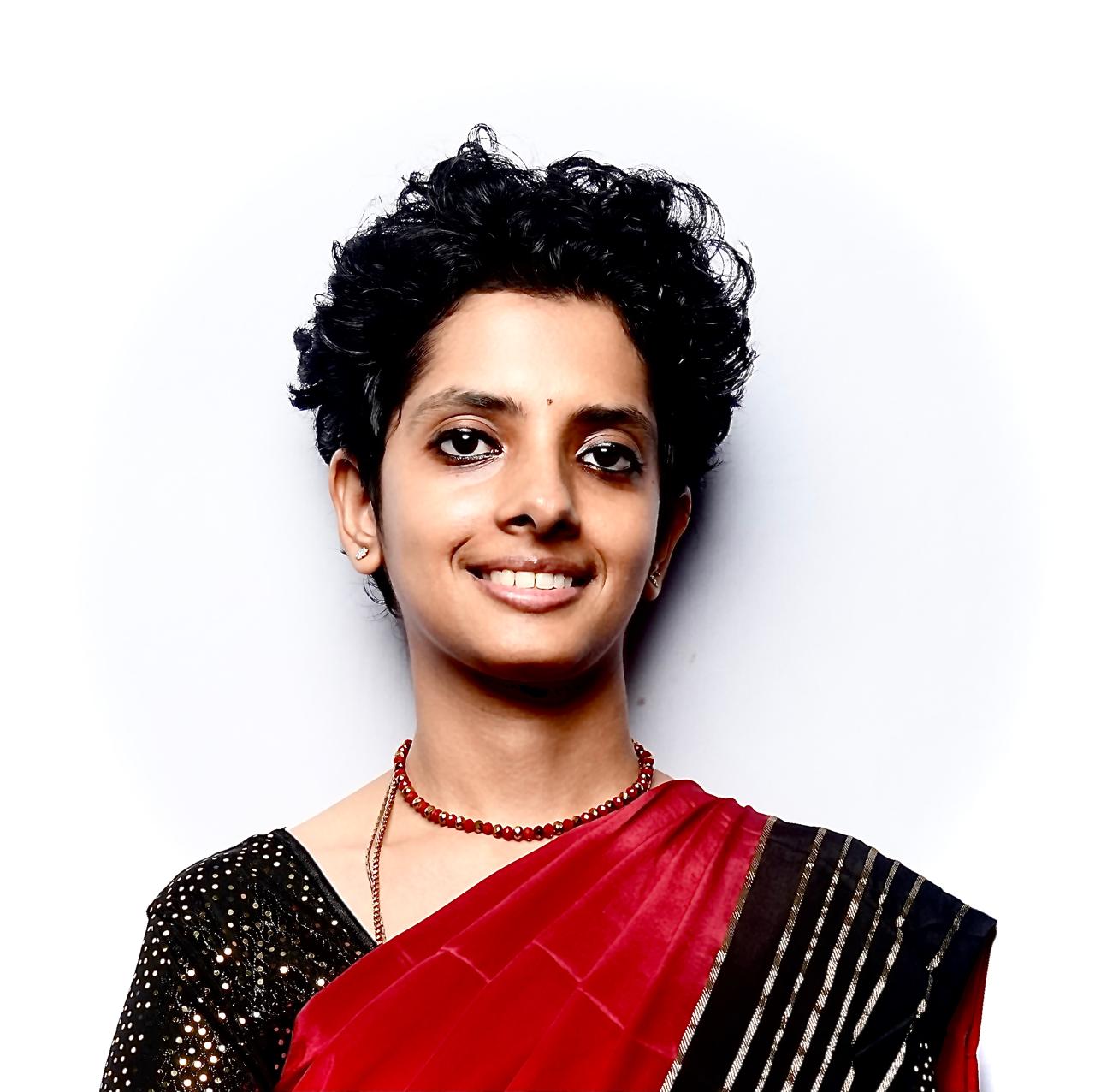Bio
Dr. Annapurna Kannan is an accomplished orthodontist with experience in both clinical practice and academic settings. She earned her Bachelor of Dental Surgery in 2014, followed by M.D.S in Orthodontics and Dentofacial Orthopaedics in 2018 (gold medalist). In 2019, she achieved Membership in Orthodontics from the prestigious Royal College of Physicians and Surgeons of Glasgow. She has authored many publications in well-regarded journals and her research spans a wide range of topics including class II malocclusion, white spot lesions and temporomandibular joint disorders. Dr. Annapurna has experience in treating patients with functional appliances, temporary anchorage devices (TADs), and aligners. She has delivered lectures and presentations at various national and international conferences. In addition to his clinical and research activities, she has supervised undergraduate and post graduate research projects, many of which have received accolades at various conferences. She is the recipient of the esteemed NPV Udayar Award for the best outgoing student in M.D.S Orthodontics and Colgate Palmolive Student Research award instituted by the Indian Orthodontic Society. Additionally, she has played a significant role in organizing and contributing to various orthodontic quiz competitions at both state and national levels. Dr. Annapurna is dedicated to advancing the field of orthodontics through evidence-based practice and is committed to improving patient outcomes.
Projects
A novel method to determine which cephalometric measure is best at assessing a class 2 skeletal discrepancy
Objective: To determine the weightingranking of 21 anteroposterior cephalometric parameters in assessing patients with a class 2 skeletal discrepancy.
Design: Mixed methodology study – software development and retrospective analysis of archived radiographic records
Setting: XXX University
Methods: 356 patients, with clinically verified skeletal class 2 discrepancy, were selected. Software was developed to evaluate 21 anteroposterior cephalometric parameters. The percent difference between the mean value for class 2 skeletal discrepancy and the patient value was obtained. The patient values were correlated with lateral cephalograms which were ranked based upon the clinical severity of class 2 skeletal discrepancy. The scatter plots of the rank vs. the patient values of the 21 parameters were obtained.
Results: Within angular parameters, FABA angle (0.209%), W angle (1.509%), and Yen angle (1.962%) had the least percent difference and, Pi angle (48.638 %), APDI angle (33.066 %), ANB angle (15.862 %) and Down’s AB plane angle (15.796 %) had the highest percent difference. Within linear parameters, McNamara differential (0.444 %), AF-BF distance (0.801 %), and Wits appraisal (3.579 %) had the least percent difference, and, Pi linear (30.913 %), Jenkins ‘a’ plane (29.367%) and APP- BPP distance (27.431%) had the highest percent difference. The scatter plots closely followed the percent differences obtained.
Conclusion: Overall -FABA angle, Wits appraisal and the McNamara differential, and AF-BF distances were most accurate in determining a class 2 skeletal discrepancy. This would be of immense value, as clinicians will know among the 21 parameters which are the ones to be given priority during the treatment planning phase.
DENTAL AGE ESTIMATION BYDEMIRIJIAN'S 8 TEETH METHOD- A COMPARISON BETWEEN CLEFT AND NON CLEFT INDIVIDUALS
SUMMER RESEARCH 2024

